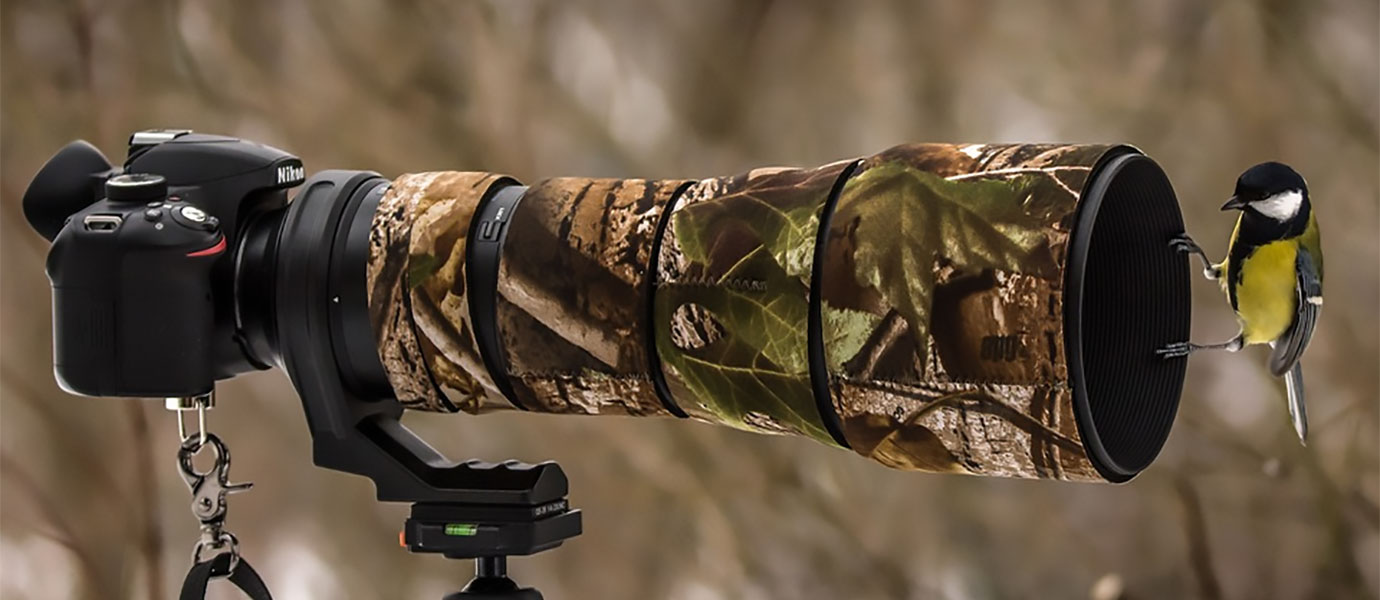ABOUT
Green Lane Park
Green Lane Park is Montgomery County’s largest County Park, at approximately 3,400 acres. The variety of landscape includes rolling hills, forested uplands, open meadows, wetlands and three bodies of water. Picnic groups, fishing, and several miles of hiking trails are available to groups of all kinds. Spend the day or make it an overnight field trip! Group campgrounds can accommodate up to 80 people for the night.
contact info
Hrs: Daily, 6AM-Sunset.
HELPFUL LESSON PLAN(S)
Prepared by FieldTripDirectory.com
Nature Exploration Lesson Plan
FUN FACTS
One single tree can provide the oxygen required for two human beings and over 8,000 sheets of paper. Trees can also clean the soil and air by absorbing harmful pollutants. So what have you done for a tree lately? Nature centers and state parks provide a hands-on environment to discover facts about native plants and animals, as well as ways to preserve these natural resources.
View Lesson Plan>>ABOUT
Green Lane Park
Green Lane Park is Montgomery County’s largest County Park, at approximately 3,400 acres. The variety of landscape includes rolling hills, forested uplands, open meadows, wetlands and three bodies of water. Picnic groups, fishing, and several miles of hiking trails are available to groups of all kinds. Spend the day or make it an overnight field trip! Group campgrounds can accommodate up to 80 people for the night.
contact info
Hrs: Daily, 6AM-Sunset.
HELPFUL LESSON PLAN(S)
Prepared by FieldTripDirectory.com
Bird Watching Lesson Plan
Birds migrate to move from areas of low or decreasing resources to areas of high or increasing resources. The two primary resources being sought are food and nesting locations.
Birds that nest in the Northern Hemisphere tend to migrate northward in the spring to take advantage of burgeoning insect populations, budding plants and an abundance of nesting locations. As winter approaches and the availability of insects and other food drops, the birds move south again. Escaping the cold is a motivating factor but many species, including hummingbirds, can withstand freezing temperatures as long as an adequate supply of food is available.
View Lesson Plan>>ABOUT
Green Lane Park
Green Lane Park is Montgomery County’s largest County Park, at approximately 3,400 acres. The variety of landscape includes rolling hills, forested uplands, open meadows, wetlands and three bodies of water. Picnic groups, fishing, and several miles of hiking trails are available to groups of all kinds. Spend the day or make it an overnight field trip! Group campgrounds can accommodate up to 80 people for the night.
contact info
Hrs: Daily, 6AM-Sunset.
HELPFUL LESSON PLAN(S)
Prepared by FieldTripDirectory.com
Nature Exploration Lesson Plan
FUN FACTS
One single tree can provide the oxygen required for two human beings and over 8,000 sheets of paper. Trees can also clean the soil and air by absorbing harmful pollutants. So what have you done for a tree lately? Nature centers and state parks provide a hands-on environment to discover facts about native plants and animals, as well as ways to preserve these natural resources.
View Lesson Plan>>ABOUT
Green Lane Park
Green Lane Park is Montgomery County’s largest County Park, at approximately 3,400 acres. The variety of landscape includes rolling hills, forested uplands, open meadows, wetlands and three bodies of water. Picnic groups, fishing, and several miles of hiking trails are available to groups of all kinds. Spend the day or make it an overnight field trip! Group campgrounds can accommodate up to 80 people for the night.
contact info
Hrs: Daily, 6AM-Sunset.
HELPFUL LESSON PLAN(S)
Prepared by FieldTripDirectory.com
Nature Exploration Lesson Plan
FUN FACTS
One single tree can provide the oxygen required for two human beings and over 8,000 sheets of paper. Trees can also clean the soil and air by absorbing harmful pollutants. So what have you done for a tree lately? Nature centers and state parks provide a hands-on environment to discover facts about native plants and animals, as well as ways to preserve these natural resources.
View Lesson Plan>>

